-
 bitcoin
bitcoin $110415.485139 USD
-1.74% -
 ethereum
ethereum $3914.309383 USD
-1.58% -
 tether
tether $1.000075 USD
0.00% -
 bnb
bnb $1116.910315 USD
1.41% -
 xrp
xrp $2.562069 USD
-1.96% -
 solana
solana $193.888910 USD
-0.02% -
 usd-coin
usd-coin $0.999800 USD
-0.01% -
 dogecoin
dogecoin $0.192383 USD
-0.47% -
 tron
tron $0.296815 USD
0.66% -
 cardano
cardano $0.641286 USD
-0.18% -
 hyperliquid
hyperliquid $47.495653 USD
-0.35% -
 chainlink
chainlink $18.106533 USD
1.42% -
 bitcoin-cash
bitcoin-cash $561.296588 USD
0.00% -
 stellar
stellar $0.316591 USD
-0.21% -
 ethena-usde
ethena-usde $0.999227 USD
-0.01%
The difference between BitMart options and contracts
BitMart options and contracts differ in their obligation to buy or sell, risk level, expiration date, and leverage, offering traders diverse trading instruments with varying advantages.
Nov 24, 2024 at 05:39 pm
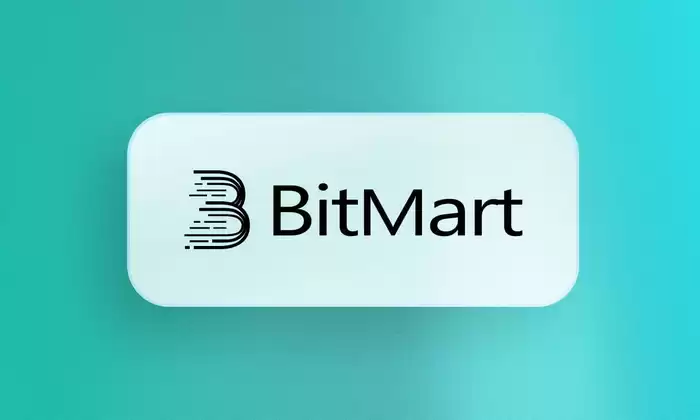
BitMart, a well-known cryptocurrency exchange, offers two distinct trading instruments: options and contracts. Understanding the differences between these instruments is crucial for making informed trading decisions. This article delves into the intricacies of BitMart options and contracts, highlighting their key characteristics, similarities, and differences.
Understanding BitMart OptionsBitMart options are financial instruments that give traders the right, but not the obligation, to buy (call option) or sell (put option) a specific cryptocurrency at a predetermined price (strike price) on or before a specified date (expiration date). Here are the key features of BitMart options:
- Leverage: Options provide traders with leverage, allowing them to potentially profit from price fluctuations without having to commit the full purchase price of the underlying cryptocurrency.
- Limited Risk: Unlike futures contracts, options have limited risk. The maximum loss is the premium paid for the option.
- Flexible Strategies: Options offer traders a wide range of strategies to tailor their risk and reward profiles, such as hedging, speculation, and income generation.
BitMart contracts, also known as perpetual contracts, are derivative instruments that represent an agreement to buy or sell a specific cryptocurrency at a future date, with no fixed expiration date. They are similar to futures contracts, but with some key differences. Here are the key features of BitMart contracts:
- Continuous Trading: Contracts facilitate continuous trading, enabling traders to enter or exit positions at any time.
- Leveraged Trading: Contracts offer high leverage, allowing traders to amplify potential profits with relatively small capital.
- No Expiration: Unlike options, contracts have no set expiration date. Traders can hold positions indefinitely or until they decide to close them.
While both BitMart options and contracts offer distinct advantages, they differ in several key aspects. Here's a comparative analysis:
Similarities:- Both instruments leverage blockchain technology.
- Traders can access a wide range of cryptocurrencies on both platforms.
- Both options and contracts require traders to have a margin balance.
- Obligation: Options give traders the right but not the obligation to buy or sell the underlying asset, while contracts create an obligation for both buyers and sellers.
- Risk: Options have limited risk capped at the premium paid, while contracts have unlimited potential risk.
- Expiration: Options have a fixed expiration date, while contracts have no set expiration date.
- Flexibility: Options offer a wider range of trading strategies compared to contracts.
- Leverage: Contracts typically provide higher leverage than options.
- Fees: Fees for trading options and contracts vary on BitMart.
BitMart options and contracts are powerful trading instruments that offer unique advantages and risk profiles. Understanding the key differences between these instruments is essential for making informed trading decisions. Whether you prefer the limited risk and flexibility of options or the high leverage and continuous trading of contracts, BitMart offers comprehensive options for crypto traders with varying goals and risk appetites.
Disclaimer:info@kdj.com
The information provided is not trading advice. kdj.com does not assume any responsibility for any investments made based on the information provided in this article. Cryptocurrencies are highly volatile and it is highly recommended that you invest with caution after thorough research!
If you believe that the content used on this website infringes your copyright, please contact us immediately (info@kdj.com) and we will delete it promptly.
- Essex Post Office, 5p Coins, and King Charles: A Royal Mint Revelation!
- 2025-10-23 10:30:16
- Waymo's Newark Airport AV Tests: Alphabet's AI Gamble Pays Off?
- 2025-10-23 10:30:16
- King Charles 5p Coins: A Royal Flush in Your Pocket?
- 2025-10-23 10:35:18
- Solana, Crypto Advisory, and Forward Industries: A New York Minute on the Future of Finance
- 2025-10-23 08:51:22
- MAGACOIN: Ethereum Whales Dive into the Hottest Presale of 2025
- 2025-10-23 08:51:22
- Kadena's End of the Road? KDA Token Plummets Amid Project Abandonment
- 2025-10-23 08:55:34
Related knowledge
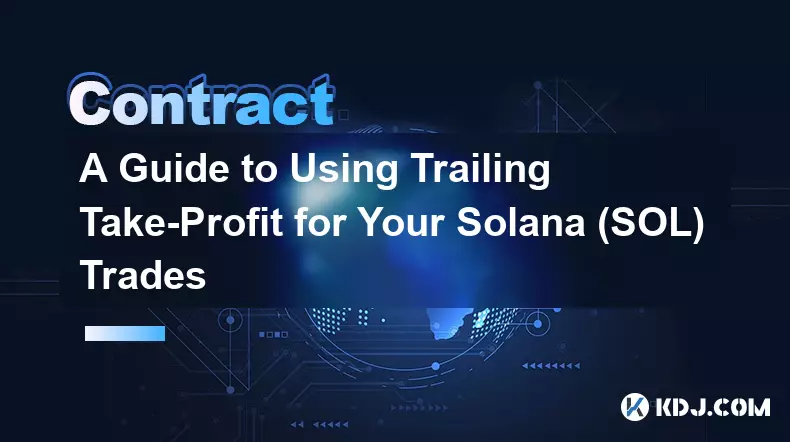
A Guide to Using Trailing Take-Profit for Your Solana (SOL) Trades
Oct 30,2025 at 01:00am
Understanding Trailing Take-Profit in Solana Trading1. Trailing take-profit is a dynamic order type that adjusts with the market price, allowing trade...
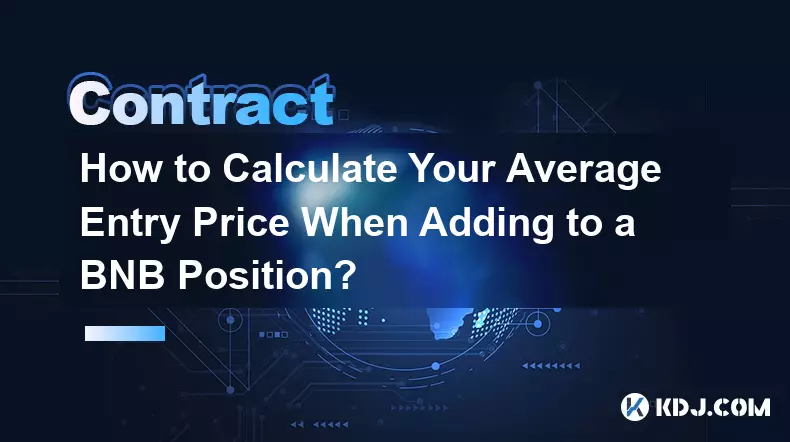
How to Calculate Your Average Entry Price When Adding to a BNB Position?
Oct 28,2025 at 12:24am
Understanding the Concept of Average Entry Price1. The average entry price is a crucial metric for traders who accumulate positions in assets like BNB...
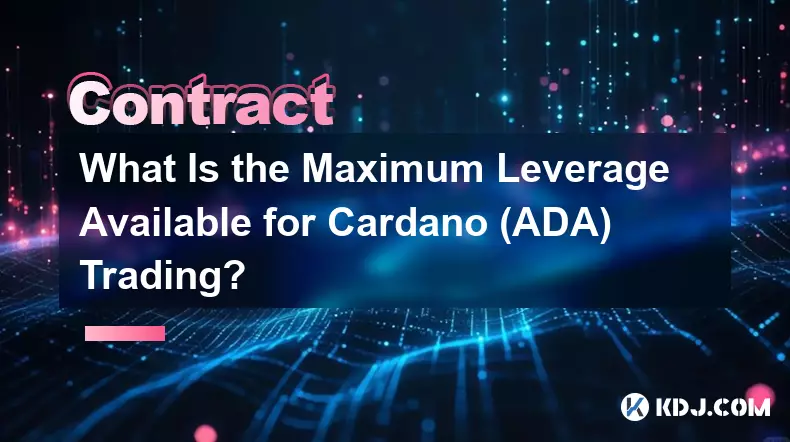
What Is the Maximum Leverage Available for Cardano (ADA) Trading?
Oct 26,2025 at 12:18pm
Understanding Leverage in Cardano (ADA) Trading1. Leverage allows traders to control a larger position using a smaller amount of capital. In the conte...

A Guide to Using Moving Averages for Trading XRP Futures.
Oct 30,2025 at 05:54pm
Understanding Moving Averages in XRP Futures Trading1. Moving averages are among the most widely used technical indicators in cryptocurrency futures t...
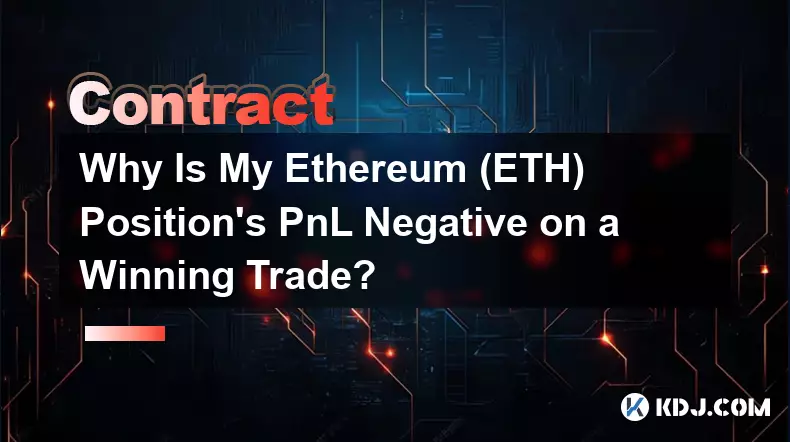
Why Is My Ethereum (ETH) Position's PnL Negative on a Winning Trade?
Oct 30,2025 at 11:54am
Understanding Market Volatility in the Crypto Space1. Cryptocurrency markets are known for their rapid price swings, driven by factors such as investo...
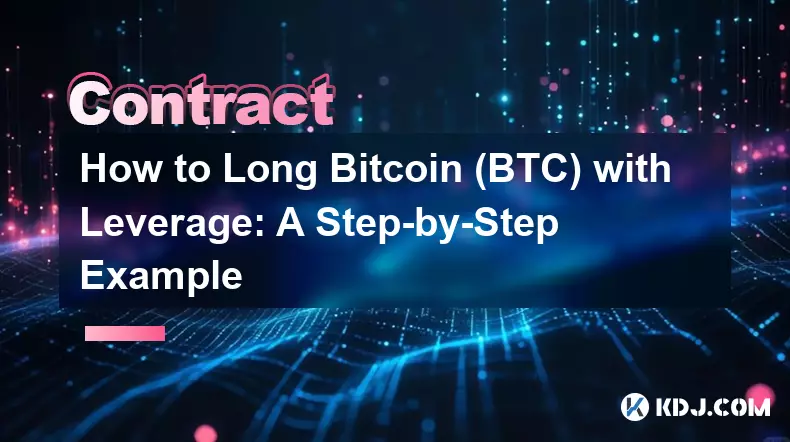
How to Long Bitcoin (BTC) with Leverage: A Step-by-Step Example
Oct 30,2025 at 12:36pm
Understanding Leveraged Long Positions in Bitcoin1. A leveraged long position allows traders to amplify their exposure to Bitcoin’s price movements wi...

A Guide to Using Trailing Take-Profit for Your Solana (SOL) Trades
Oct 30,2025 at 01:00am
Understanding Trailing Take-Profit in Solana Trading1. Trailing take-profit is a dynamic order type that adjusts with the market price, allowing trade...

How to Calculate Your Average Entry Price When Adding to a BNB Position?
Oct 28,2025 at 12:24am
Understanding the Concept of Average Entry Price1. The average entry price is a crucial metric for traders who accumulate positions in assets like BNB...

What Is the Maximum Leverage Available for Cardano (ADA) Trading?
Oct 26,2025 at 12:18pm
Understanding Leverage in Cardano (ADA) Trading1. Leverage allows traders to control a larger position using a smaller amount of capital. In the conte...

A Guide to Using Moving Averages for Trading XRP Futures.
Oct 30,2025 at 05:54pm
Understanding Moving Averages in XRP Futures Trading1. Moving averages are among the most widely used technical indicators in cryptocurrency futures t...

Why Is My Ethereum (ETH) Position's PnL Negative on a Winning Trade?
Oct 30,2025 at 11:54am
Understanding Market Volatility in the Crypto Space1. Cryptocurrency markets are known for their rapid price swings, driven by factors such as investo...

How to Long Bitcoin (BTC) with Leverage: A Step-by-Step Example
Oct 30,2025 at 12:36pm
Understanding Leveraged Long Positions in Bitcoin1. A leveraged long position allows traders to amplify their exposure to Bitcoin’s price movements wi...
See all articles









































































